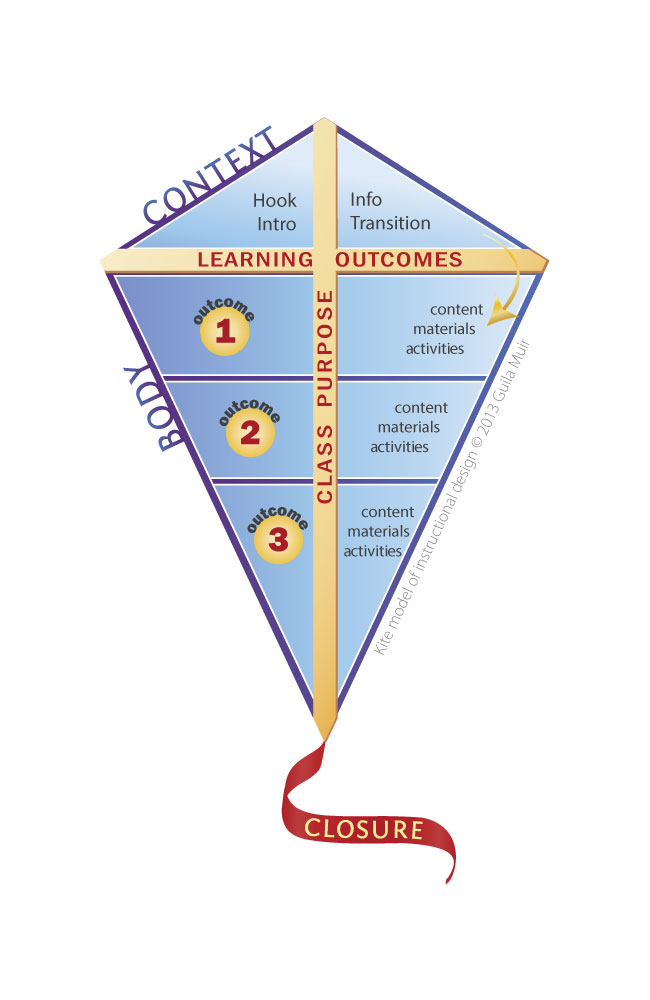A presenter’s complex “job description” demands extreme mental focus. We simultaneously strive to:
- Focus on delivering the correct content in a logical fashion.
- Show credibility.
- Show openness.
- Continually scan the room for questions.
- Check to ensure that people understand.
- Acknowledge and challenge our biases.
- Be cognizant of our use of physical gestures.
- Monitor our use of “junk words”.
- Check technical equipment.
- Manage time.
- Inspire our audience through expressing our passion.
WOW! No wonder presenters often feel tense and nervous. So how can we maintain our mental focus without increasing our physical tension?
These simple actions will help.
Release Your Eyes
Our eyes are built to aggressively “go out to get” objects in our visual field. This mechanism helps keeps us safe. However, this vigilance can also make us tense.
While on break, try these eye decompression exercises to release your entire body.
• Close your eyes.
• Allow your eye muscles to completely release.
• With your eyelids, do a few gentle clockwise and counter-clockwise circles.
During this mini-meditation, feel your shoulders drop and your breathing expand.
Release Your Face
Do the following privately during breaks:
• Let the flesh of your cheeks hang down and your mouth and jaw open.
• Allow your forehead to soften.
• Feel how fine the sensations are in your lips and the tongue.
Again, take some deep breaths and relax your shoulders during this relaxed position.
Release Your Head and Neck
Unlike releasing your eyes and face, you can release your head while standing in front of your audience. Here’s how:
• Release the tendency to “hold”. Let your head micro-adjust and softly settle on top of your spine.
• Bring some awareness to your atlanto-occipital joint—the place where your head meets the spine. Doing so will relax your neck and free up breathing.
Decoupling strain from your mental focus enables you to present in a refreshed, relaxed, and vibrant way. Chances are you won’t feel as fatigued after a presentation, either. Release and enjoy!




 So, I’m not being ageist.
So, I’m not being ageist.